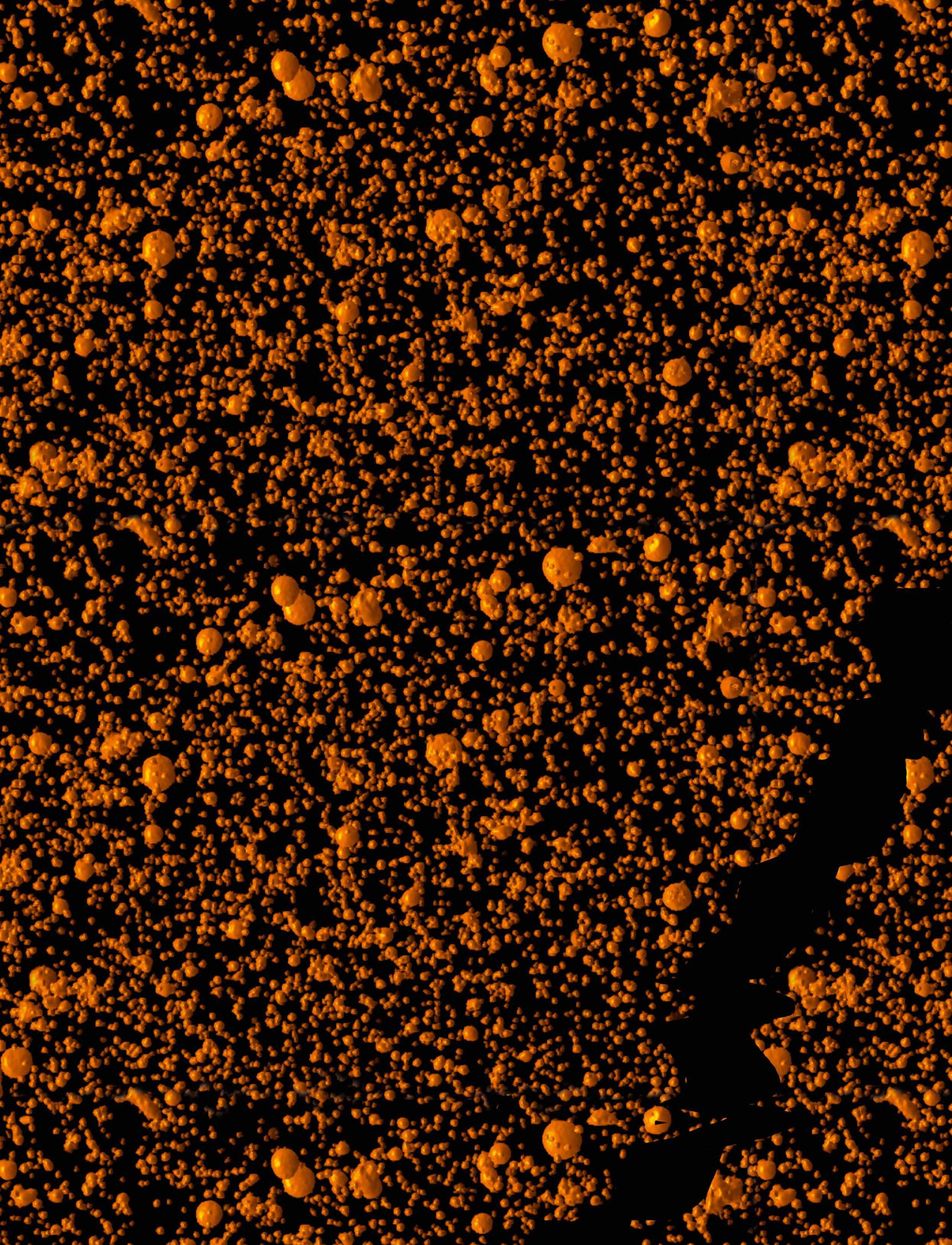Materials for smarter sensing technologies
Multifunctional photonic sensing capabilities of the luminescent Guest@MOF material engineered for detection of different physical and chemical stimuli. (Graphics by Dr Abhijeet Chaudhari)
Metal-organic framework (MOF) materials hold rich potential with respect to the development of smart sensing technologies, as they can be tuned and adapted to detect different stimuli. We spoke to Professor Jin-Chong Tan about the work of the PROMOFS project in discovering and characterising new MOFs, research which holds wider relevance to several areas of industry. The
materials currently used to develop photonic sensors have some significant limitations, because they cannot offer high selectivity, low detection limit, fast response time, and low-cost fabrication all at once. Based at the University of Oxford in the UK, Professor Jin-Chong Tan is the Principal Investigator of the PROMOFS project, an ERC-funded initiative which aims to overcome these shortcomings. “We are developing noninvasive sensors based on luminescence, so they can be used to detect physical and chemical perturbations,” he outlines. This could be small changes in temperature or pressure for example, with researchers looking at materials capable of detecting very low concentration of chemicals especially volatile organic compounds (VOCs). “This is at the level of parts per million (ppm), or even parts per billion (ppb). There are highend techniques which can do that, but they are expensive and they are not portable,” continues Professor Tan. 62
Metal-organic frameworks This forms the wider backdrop to the PROMOFS project’s research, with Professor Tan and his team working with metal-organic frameworks (MOFs), inspired to a degree by a class of naturally-occurring materials called zeolites. While these materials have a similar crystallinity and porosity structure as MOFs, they are not as tunable, so researchers in the project are designing new MOFs. “We are designing new materials. We have a novel family of ‘OX’-type MOF materials here at Oxford that we are developing, and we are targeting certain sensing applications,” says Professor Tan. These materials are engineered to overcome the limitations associated with traditional sensing materials. “The materials we are developing have high sensitivity combined with improved selectivity. Unlike the conventional resistive sensors, our sensing materials exhibit a significantly faster response time under ambient conditions,” explains Professor Tan.
Researchers are working to develop composites of these MOFs, with a view to using their porosity to confine a functional guest molecule, which is encapsulated within the cavity of the MOF. “This typically is a luminescent complex, a molecule that emits light. So, if you shine UV light at it, it can convert that particular wavelength into visible light, a colour. We can then use the variation in emission colour or intensity as a means of detecting physical or chemical stimuli,” explains Professor Tan. “We are building prototype sensors out of these MOF composites, in the form of low cost thin-film devices for example.” The MOF effectively acts as a host, housing the luminescent guest, with Professor Tan and his team investigating different combinations and the unique photophysical properties that host-guest interactions lead to. There are two main components to MOFs; the metal nodes, which act like joints, and the organic linkers which act as bridges, and together they form the periodic framework. “We can design different combinations of the host and guest in a composite
EU Research






























